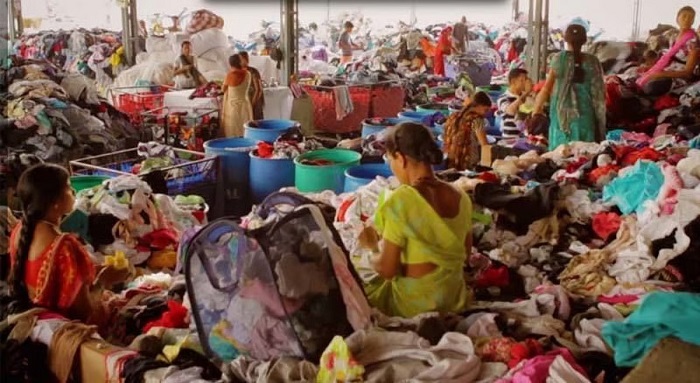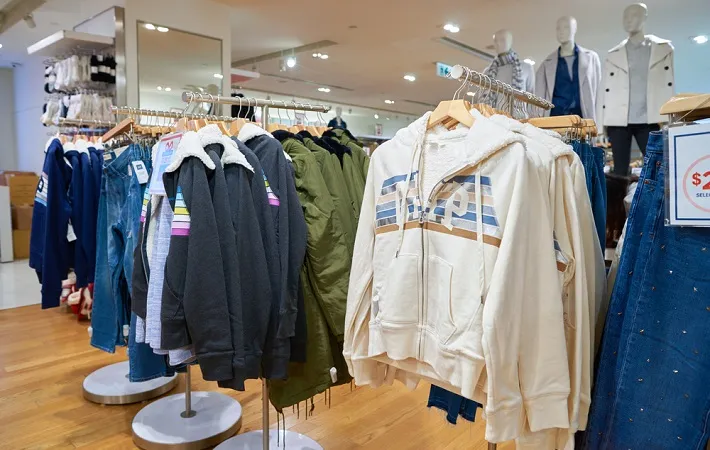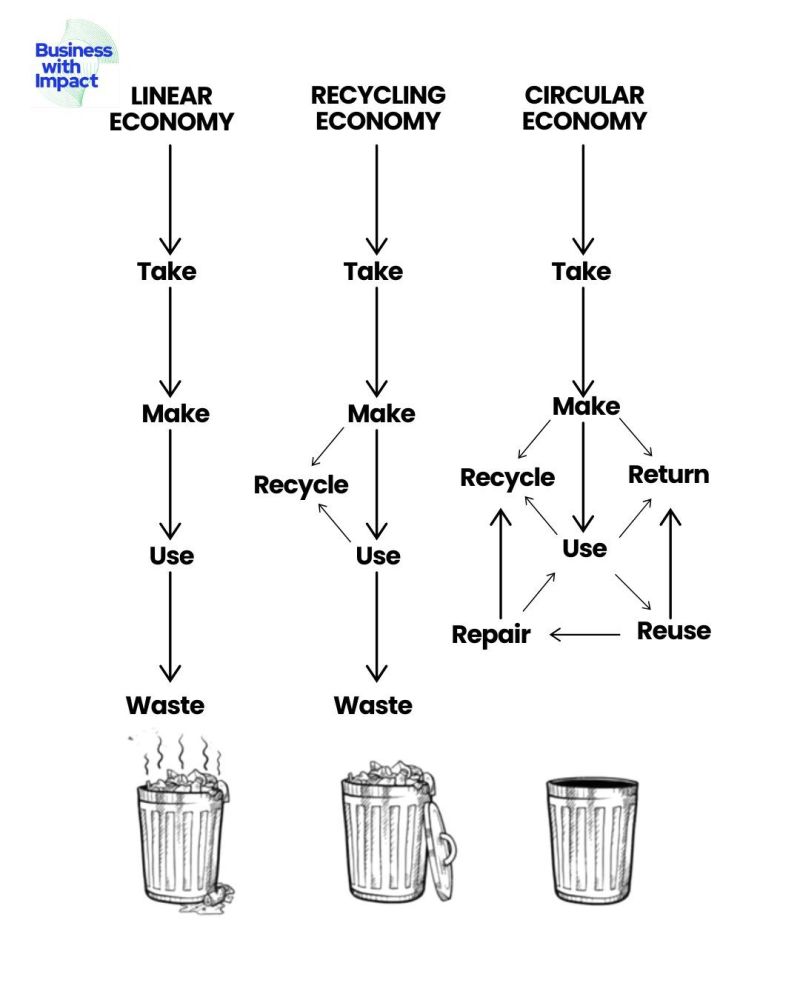"The United States Fashion Industry Association (USFIA) has released the third annual Fashion Industry Benchmarking Study, a survey of 30 executives from leading fashion and apparel brands, retailers, importers, and wholesalers. Conducted in conjunction with Sheng Lu, Assistant Professor at University of Delaware Department of Fashion & Apparel Studies, the survey asked respondents about the business outlook, sourcing practices, utilisation of Free Trade Agreements (FTAs) and preference programs, and views on trade policy. "

The United States Fashion Industry Association (USFIA) has released the third annual Fashion Industry Benchmarking Study, a survey of 30 executives from leading fashion and apparel brands, retailers, importers, and wholesalers. Conducted in conjunction with Sheng Lu, Assistant Professor at University of Delaware Department of Fashion & Apparel Studies, the survey asked respondents about the business outlook, sourcing practices, utilisation of Free Trade Agreements (FTAs) and preference programs, and views on trade policy.
Business outlook

The survey reveals despite challenges like the intense pressure on retailers to remain relevant and uncertainty in US politics, the majority of respondents (92 per cent) are optimistic about the five-year outlook for the US fashion industry - a record high since conducting the study in 2014. Industry executives rank ‘market competition in the United States’ as their top business challenge, this year. For the first time since 2014, the concern about competition exceeds concern about ‘increasing production or sourcing cost.
Sourcing practices
US fashion companies are more actively seeking alternatives to ‘Made in China’ in 2016, but China’s position as the No.1 sourcing destination seems unlikely to change anytime soon. Meanwhile, sourcing from Vietnam and Bangladesh may continue to grow over the next two years, but at a slower pace. US fashion companies continue to expand their global reach and maintain truly global supply chains. Respondents’ sourcing bases continue to expand, and more countries are considered potential sourcing destinations. However, some companies plan to consolidate their sourcing bases in the next two years to strengthen key supplier relationships and improve efficiency. Ethical sourcing and sustainability are given more weight in U.S. fashion companies’ sourcing decisions, today. Respondents also see unmet compliance (factory, social and/or environmental) standards as the top supply chain risk.
Trade policy
US fashion companies are excited about the conclusion of the Trans-Pacific Partnership (TPP) negotiations and they look forward to exploring the benefits after TPP’s implementation. Thanks to the 10-year extension of the African Growth and Opportunity Act (AGOA), US fashion companies have shown more interest in sourcing from the region. In particular, most respondents see the “third-country fabric” provision a critical necessity for their company to source in the AGOA region.
Utilisation of trade agreements
Free trade agreements (FTAs) and trade preference programs remain underutilized in 2016 and several FTAs, including NAFTA and CAFTA-DR, are utilized even less than in previous years. U.S. fashion companies also call for further removal of trade barriers, including restrictive rules of origin and remaining high tariffs.
USFIA have additional new findings this year, focusing on the outlook for growth in Vietnam as they prepare for the implementation of the Trans-Pacific Partnership, specifics on how ethical sourcing and sustainability factor into sourcing decisions, and even whether companies are considering new, buzz-worthy destinations like Myanmar and Cuba for sourcing.
The study was conducted between March and April 2016 based on a survey of a survey of 30 executives from leading US fashion and apparel brands, retailers, importers, and wholesalers. In terms of business size, 92 per cent of respondents report having more than 500 employees in their companies, while 84 percent of respondents report having more than 1,000 employees, suggesting that the findings well reflect the views of the most influential players in the U.S. fashion industry.











